
Led Zeppelin was hastily formed by Yardbirds’ guitarist Jimmy Page in order to tour to fulfil contractual obligations. Page grabbed another session veteran, John Paul Jones, on bass, and recruited singer Robert Plant and drummer John Bonham from a local band. Given the circumstances of this pragmatic and sudden formation, it’s surprising that Led Zeppelin have become one of the most enduring bands in the classic rock canon – it seems likely they’ll be remembered by posterity as the archetypal hard rock band. But their high degree of virtuosity, Page’s excellent production skills, and a solid core of great songs on each of their eight studio albums make them a justifiable choice as an all-time great.
Replicating the lineup dynamics of The Who – the maned blonde singer, the guitarist as the primary creative force, the manic drummer, and the quietly brilliant bass player – but dispensing with Pete Townsend’s predilection towards rock operas, Led Zeppelin came to personify the excess of rock during the seventies. They covered a lot of ground in their ten-year career, starting off a blues-rock band, but taking in influences from English folk and progressive rock. My favourite Led Zeppelin period is Houses of the Holy and Physical Graffiti, where they were at their most eclectic, from pastoral prettiness to overblown blues epics.
I had barely heard any Led Zeppelin songs until I bought their albums in my early twenties, but they always had a reputation of the occult about them. While it’s true that Page was fascinated by Aleister Crowley, Robert Plant’s lyrics are generally about Tolkien and Vikings, and ‘In My Time of Dying’ from Physical Graffiti is straight out gospel. If anything’s offensive in the Zeppelin catalogue, it’s the raunchy early blues material like ‘The Lemon Song’.
Faced with personal difficulties from the mid-seventies – Plant was involved in a serious car accident and lost a young son to illness, while Page and Bonham struggled with addictions – their career petered out, with their two last albums, 1976’s Presence and 1979’s In Through The Out Door generally regarded as their two weakest. The band dissolved formally after Bonham’s death in 1980. They’ve periodically reunited for live events but have never recorded in the studio.
Led Zeppelin Album Reviews
Led Zeppelin | Led Zeppelin II | Led Zeppelin III | Led Zeppelin IV | Houses of the Holy | Physical Graffiti | Presence | In Through The Out Door | Coda
Favourite Album: Houses of the Holy
Overlooked Gem: Led Zeppelin III
Led Zeppelin
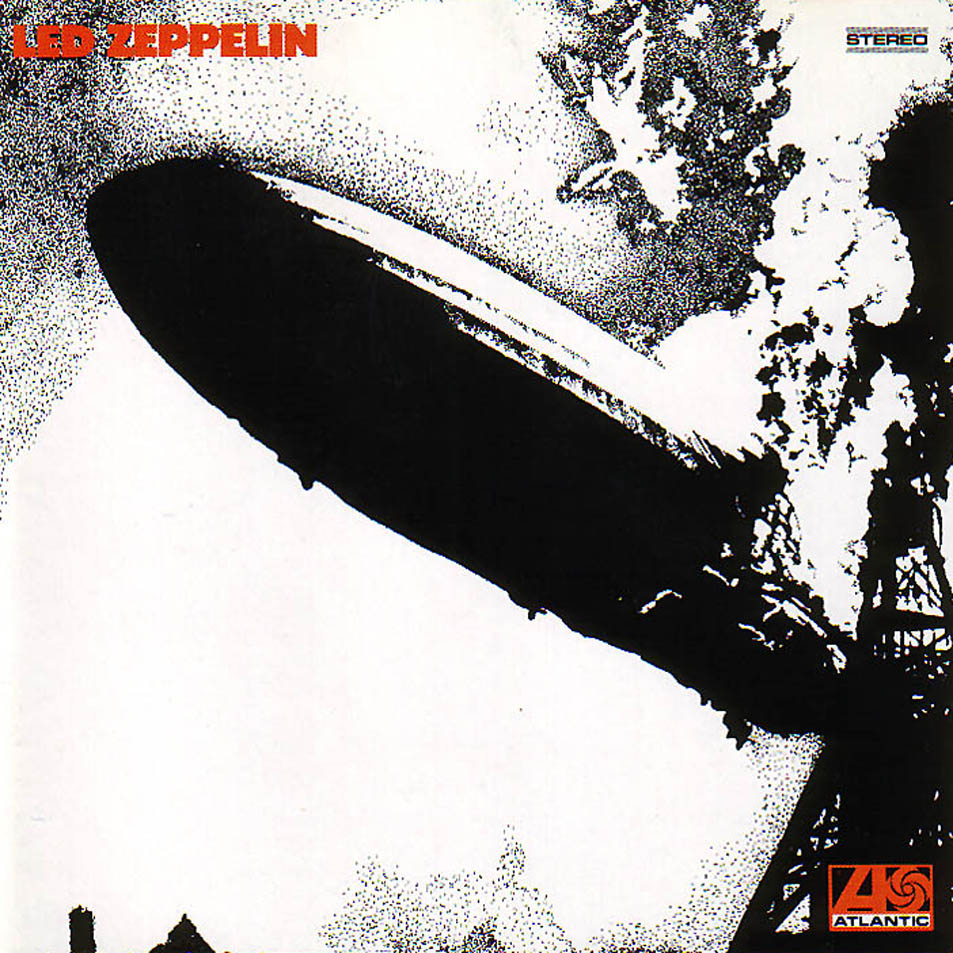
1969, 7/10
Their debut is Led Zeppelin’s most blues-oriented album, and a lot of these songs are derived from traditional blues material. This means that it’s less diverse than their following albums, and it’s easily my least favourite of their early albums, especially as it takes a dip in quality at the end with the last two songs dragging. The album is unique for Led Zeppelin in that it was recorded before their stardom, particularly evident in Plant’s relatively restrained vocal performance. A lot of the hard rock of the 1970s can be traced directly to Led Zeppelin; it has precedents in other blues-rock acts like Cream and Hendrix, but there were few other sixties albums with such a dark and potent atmosphere. There’s a gulf between ‘All You Need Is Love’ and ‘Babe I’m Gonna Leave You’ that is somehow wider than the mere two years between them.
Key songs on Led Zeppelin include ‘Dazed and Confused’, where Page innovates with a violin bow to create the ominous guitar tone, and the abrasive ‘Communication Breakdown’. ‘Babe I’m Gonna Leave You’ is eclipsed by the third album’s ‘Since I’ve Been Loving You’, but it’s still a terrific blues ballad. The psychedelic ‘Your Time Is Gonna Come’, with Jones on organ, and the folk instrumental ‘Black Mountain Side’ add some eclecticism to the middle of the record.
I’d rank Led Zeppelin higher if it was the band’s only album, but I rarely feel like returning to it, and their later records are more diverse and more interesting.
Led Zeppelin II
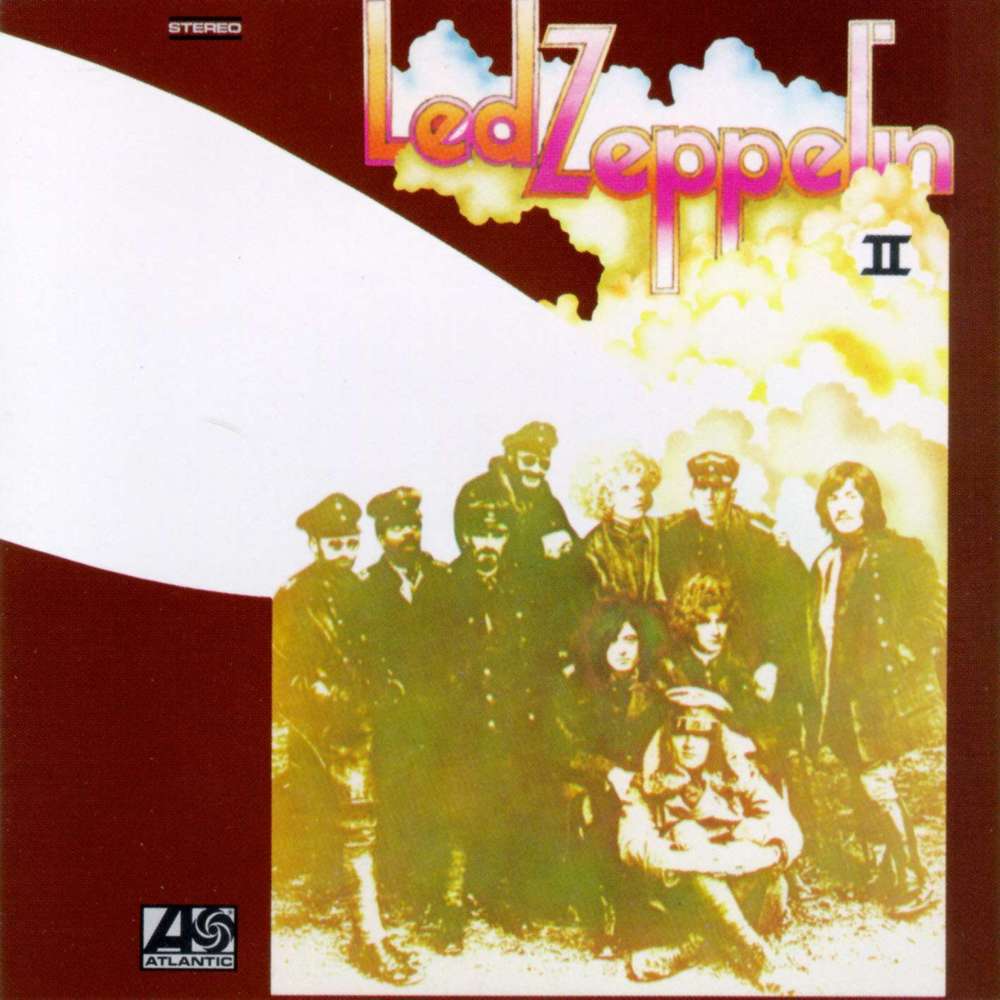
1969, 8.5/10
If the first Led Zeppelin album can be summarised as The Blues One, then the second is The Rock One. Released a mere ten months after their debut, the group are already ensconced on the treadmill of fame; there’s a palpable swagger that contrasts with the low key debut, and they’re already indulging in drum solos (‘Moby Dick’).
Jimmy Page employs magnificent riffs on the funky ‘Heartbreaker’ and the behemothic ‘Whole Lotta Love’. ‘The Lemon Song’ rides off a memorable John Paul Jones bass riff, even if the squeezing lemon references are none too pleasant. The group also explore more complex material with the mini-epic ‘What Is And Should Never Be’ and ‘Ramble On’, where Robert Plant displays his Tolkien fetish for the first time on record – although I’d argue that Sauron is the evil one and that Gollum’s merely morally ambiguous. There’s even a soppy ballad, ‘Thank You’, which is out of place among all the debauchery scattered through the rest of the record but is full of tasty organ work from Jones. And closer ‘Bring It On Home’ starts messily, but it ends up kicking just as much butt as everything else. In fact, apart from the gratuitous ‘Moby Dick’, II is plain terrific, and a significant step up from the debut.
Led Zeppelin would get more ambitious and diverse, but the straightforward and hard-rocking II is a great place to begin an investigation into their back catalogue.
Led Zeppelin III

1970, 8.5/10
III is nominally the acoustic Led Zeppelin album, although that’s a touch misleading since only the second half is acoustic; the first side is much more eclectic, with a magnificent blues ballad and the weird string inflected ‘Friends’ nestled among some straight-ahead rockers. If you’re expecting a nice acoustic album, opener ‘Immigrant Song’ explodes with a frenetic pace, a repetitive guitar and bass riff and Plant’s wails about Vikings.
‘Celebration Day’ and the relatively straightforward ‘Out On The Tiles’ are the other rock songs, and they’re also great. The blues ballad ‘Since I’ve Been Loving You’ is one of Led Zeppelin’s best moments, with an emotional vocal performance from Robert Plant and an effective solo from Jimmy Page. The acoustic side opens with ‘Gallows Pole’, a dark folk piece that is similar to the traditional material that Fairport Convention were exploring at the same time. Both Page and Plant were folk fans, citing Pentangle and the Incredible String Band as influences – Plant was even a member of a band named Hobbstweedle before joining Zeppelin. Page gets a sole writing credit with the gorgeous ‘Tangerine’, one of Zeppelin’s most pop-oriented songs with close harmonies.
III ends less convincingly with the messy ‘Hats Off To (Roy) Harper’, but it was Led Zeppelin’s most interesting album yet; despite the mastery of another genre, there was still more growth to come.
Led Zeppelin IV
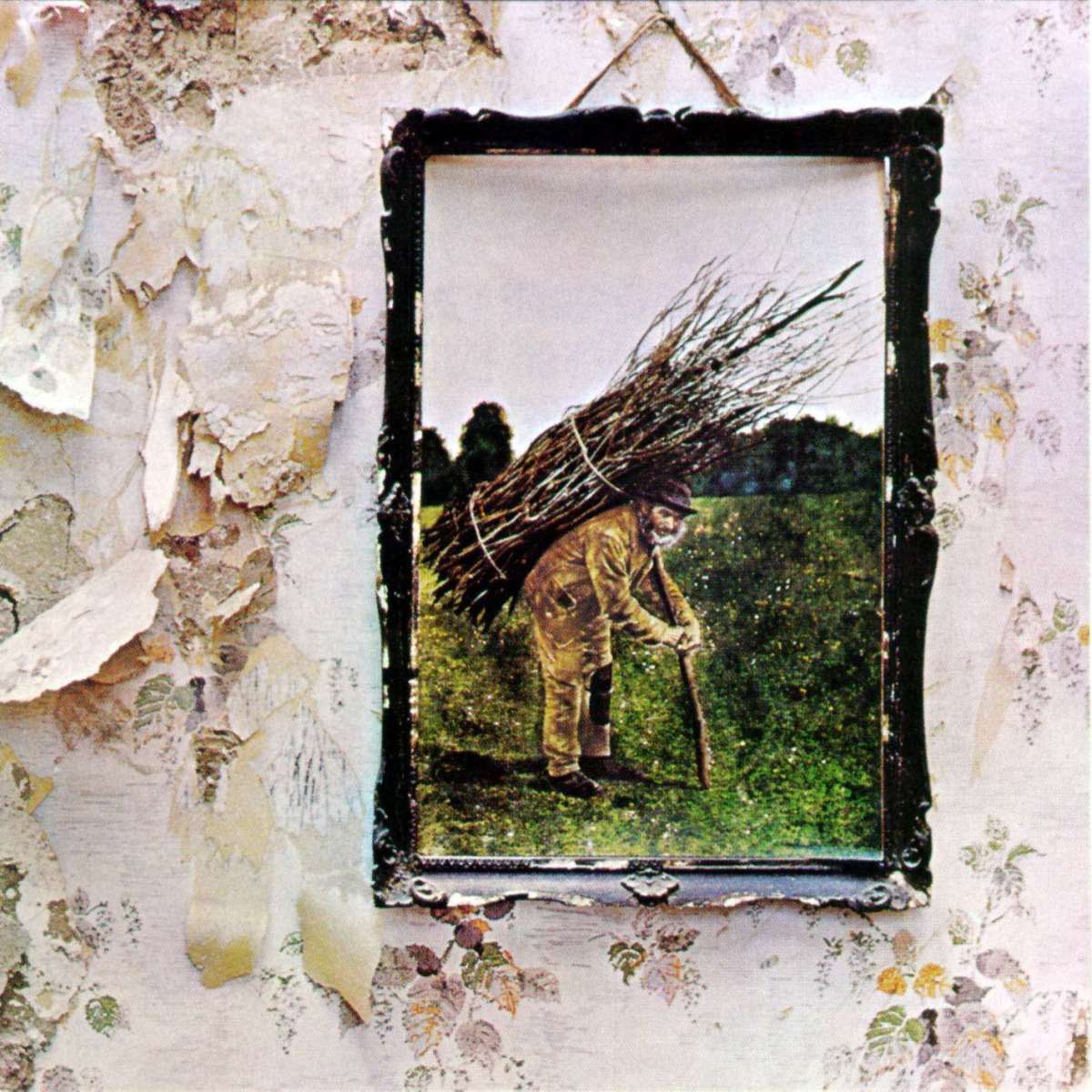
1971, 8/10
This is the iconic Led Zeppelin album, which the band didn’t even bother to title – it’s sometimes known as IV or Zoso. Despite its over-exposure, I’m still immensely fond of ‘Stairway to Heaven’; there’s plenty to admire from the pretty folk melody to the arrangement that builds from recorders and acoustic guitar to full-fledged rock, while Page’s solo is an all-time favourite. The other epic, ‘When The Levee Breaks’, is one of the most intense moments in the Zeppelin catalogue with an enormous drum beat, Plant’s paranoid wailing and some effectively minimal guitar leads from Page; it’s easily one of the best songs, and captures the dark blues pounding that Zeppelin were striving for better than anything else they recorded.
IV starts well, with the pairing of ‘Black Dog’ and ‘Rock and Roll’; Zeppelin’s takes on basic blues and rock respectively. ‘Going To California’ has another pretty folk melody, later requisitioned by Pearl Jam for ‘Given To Fly’, but it doesn’t really go anywhere too spectacular. It’s the remaining three songs that cause major problems. ‘The Battle Of Evermore’ meanders through silly lyrics about ring-wraiths and fairy queens for six minutes, and even the presence of Fairport Convention’s Sandy Denny on vocals doesn’t help. ‘Misty Mountain Hop’ rides a leaden-footed electric piano groove, while the vocal line irritatingly accentuates each beat in the bar. Meanwhile, ‘Four Sticks’ is a throwaway; the only memorable aspect of it is that Bonham drums with four sticks. IV is far from Led Zeppelin’s best album; the only reason it’s the famous one is that it features ‘Stairway to Heaven’.
‘Stairway to Heaven’ and ‘When The Levee Breaks’ alone are enough to make IV a very good album, but Led Zeppelin made even stronger records.
Houses of the Holy
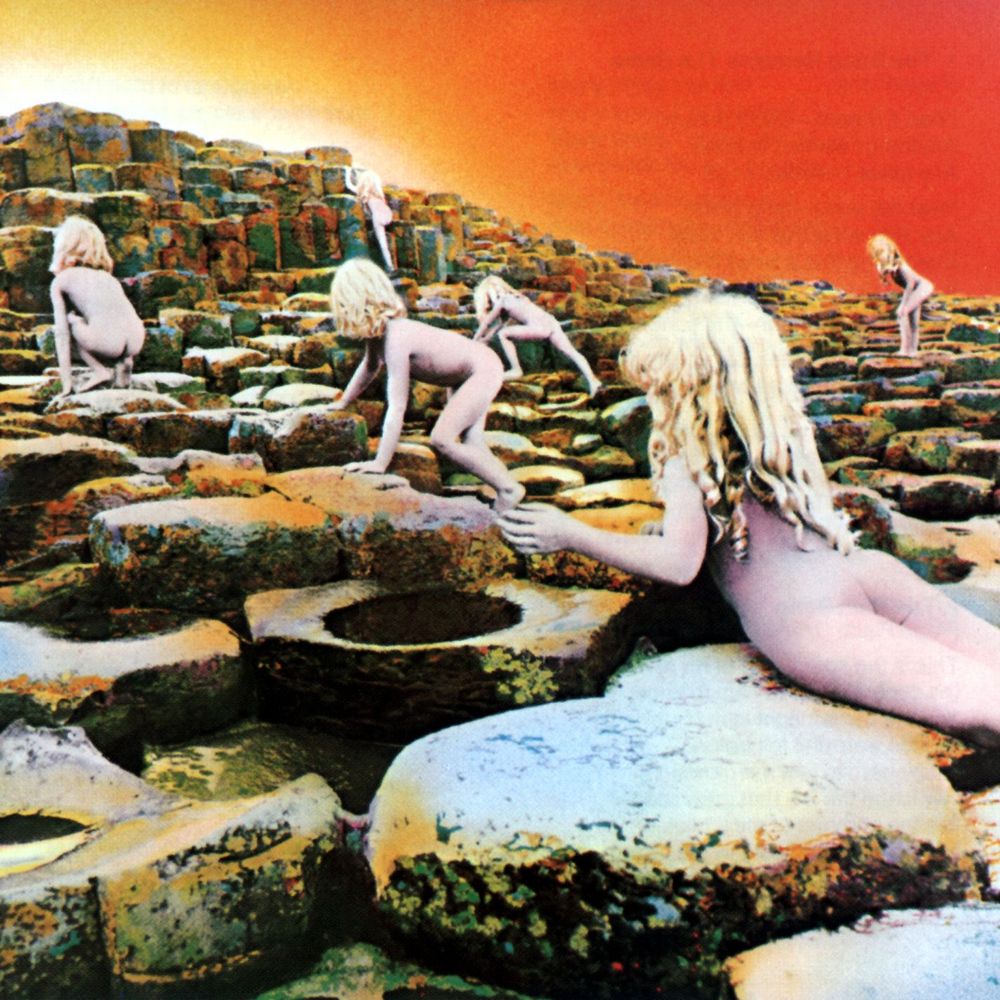
1973, 9.5/10
After the intensity of the music and the rapid release pace of their first four albums, Led Zeppelin relaxed for Houses of the Holy, their most satisfying album. It’s their most diverse, careering through a James Brown pastiche, a slice of reggae-pop, full-scale progressive rock, and even a catchy rocker with a seamless a capella interlude; pretty much everything but the psychedelic blues they specialised in just four years earlier. It’s also full of beauty; John Paul Jones shines with his mellotron and keyboard work and Jimmy Page piles on layers of chiming guitars.
Like every other Zeppelin album, Houses of the Holy has its quota of below-par tunes, but the par level on this album is higher than usual, and even the throwaways have their charms. ‘The Crunge’ is effective enough as an amusing James Brown pastiche. Also clustered in the centre of the album are ‘D’yer Maker’ (say it out loud), a fun reggae tune, and ‘Dancing Days’, a harmless but tuneful piece of pop/rock.
The other five tracks all rank as Zep classics. Opener ‘The Song Remains The Same’ has a battalion of guitar overdubs from Page and an evocative melody, while ‘Over The Hills And Far Away’ reiterates the mystical folk/hard rock contrast that made ‘Stairway’ so great and is one of Led Zeppelin’s most overlooked tunes. It’s the two ballads that are perhaps the album’s standout pieces: ‘The Rain Song’ is drenched in Jones’ beautiful mellotron, while “No Quarter’ is another tour de force dominated with Jones’ atmospheric keyboards, a great Page riff and evocative lyrics about Vikings. ‘The Ocean’ is just a great straight-ahead Zeppelin rocker, except that about two-thirds of the way through it breaks into a bizarre a capella doo-wop section, before effortlessly dropping back into its groove.
If anything, Houses of the Holy feels less significant than the quartet of albums that preceded it; it’s less focused and has a lighter atmosphere. But all this only helps to make it a better listen; it’s full of great songs, none of which are among their most overplayed, and it captures Led Zeppelin at their most accessible.
Physical Graffiti
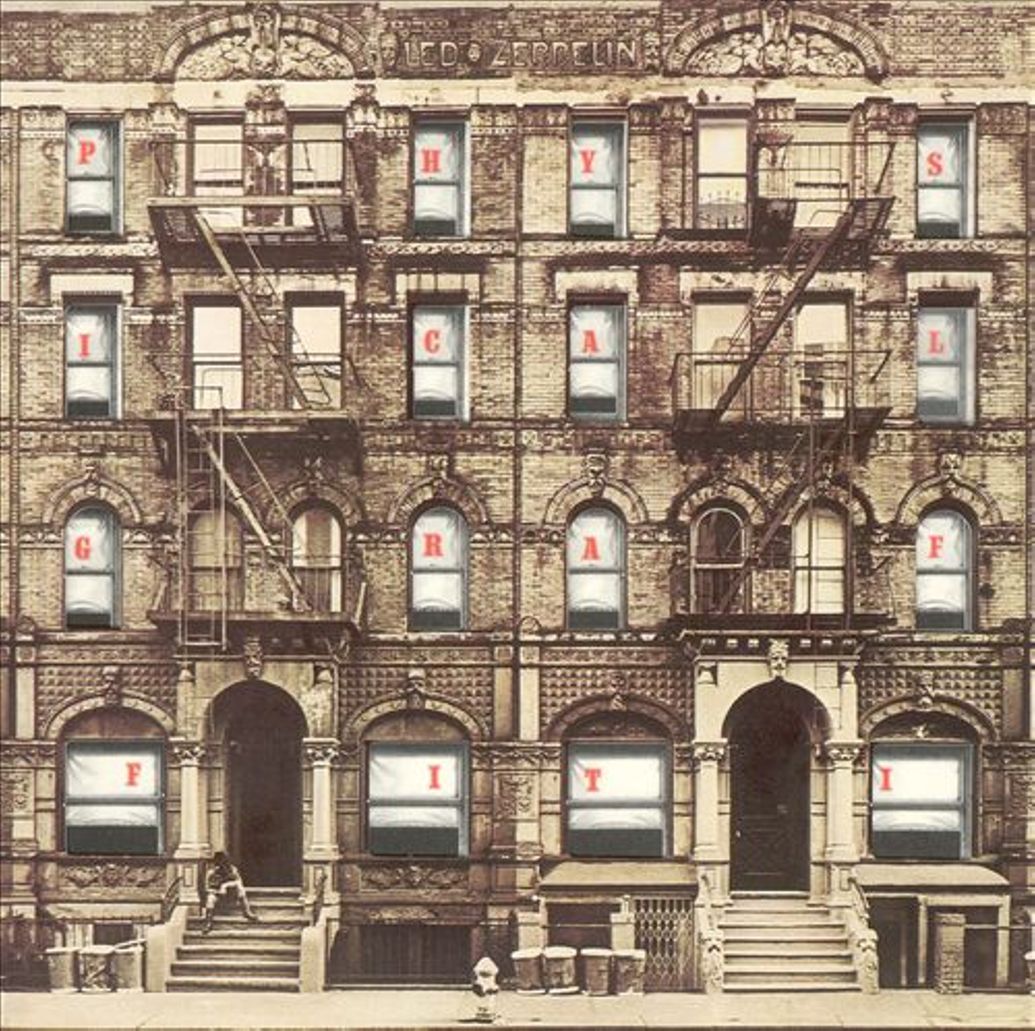
1975, 9/10
When Led Zeppelin recorded their sixth album they had too much material for a single LP, so they threw in some outtakes from previous albums to create a double. Because of its sheer size, Physical Graffiti encapsulates everything they’d done up to that point; blues-rock, catchy riff rock, folk, and epic prog-rock are all contained in this sprawling set; it’s often referred to as their most representative record for a good reason. There isn’t much new ground covered, though – Eastern influences on ‘In The Light’ and the funk of ‘Trampled Underfoot’ are the notable exceptions – after Physical Graffiti Led Zeppelin stopped being the innovators and settled down into a less prominent role in rock.
If Physical Graffiti was trimmed down to a single album it would probably be Led Zeppelin’s best; in fact, the first disc of the set is arguably their best ever, containing two immense epics and a handful of other great songs. ‘In My Time Of Dying’ may be overlong at eleven minutes, but there is an unstoppable power in its heavy blues attack that’s hard to deny. The eight and a half minute ‘Kashmir’ is massively creative, with a powerful string arrangement courtesy of Jones and an arrangement that contrasts a straight 4/4 drumbeat against the other instruments and vocals in 3/4. It’s also one of Plant’s most evocative lyrics and vocal performances; lines like “I am a traveller of both time and space” give the song an otherworldly power. Among the shorter songs, Houses of the Holy outtake ‘The Rover’ stands out as one of the group’s most overlooked moments, a straight-up rock song with a great riff from Page. Jones leads the group through a funk excursion in ‘Trampled Underfoot’ with a stylish keyboard riff that’s a nod to Stevie Wonder before Page and Plant make their respective contributions with a dirty guitar riff and automotive analogies.
The second disc is less unified and consistent than the first, but again features a couple of strong epics. The keyboard dominated Eastern stylings of ‘In The Light’ are attributable mostly to Jones; it’s slow-moving and reliant on atmosphere, but when the main hook comes in it’s irresistible. ‘Ten Years Gone’ is a sweet and evocative relationship song, while ‘Bron-Yr-Aur’ is an absolutely gorgeous two-minute folk acoustic guitar piece, which is so distinctive that it’s surprising that it’s not more widely known. The last side of the LP version is easily the least impressive; it’s lacking the identity of their other work and it’s easily more generic than anything they’d done before. ‘Night Flight’ and ‘The Wanton Song’ are catchy enough, but none of the last three songs are particularly impressive
Despite trailing off at the end, Physical Graffiti still has more great songs then any other Led Zeppelin album, and it’s easily one of their best, even if its sprawling nature makes it less approachable than their earlier efforts.
Presence
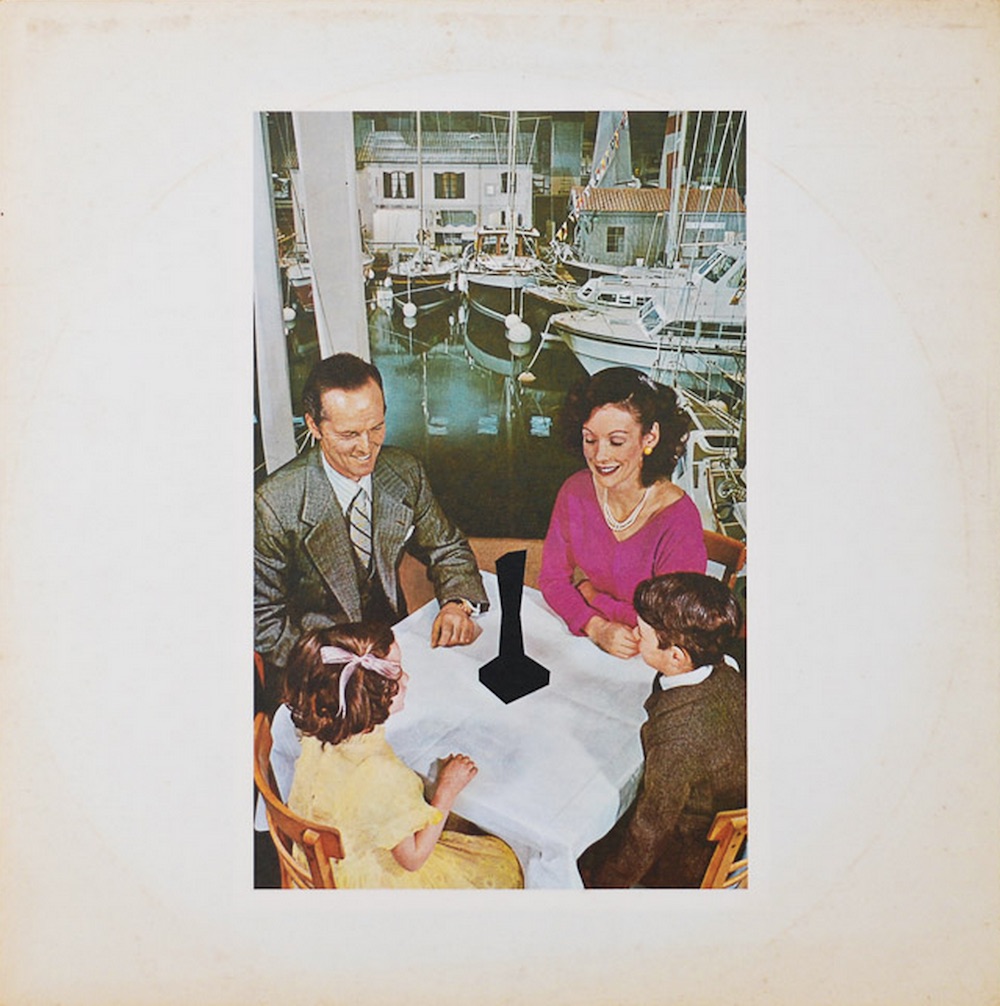
1976, 7/10
Robert Plant was involved in a serious car accident in 1975. The band were determined to keep producing albums, and as a result, Plant recorded Presence from a wheelchair. After the wide-reaching previous albums, Presence is decidedly more modest; a lot of these songs are based on conventional blues or rock and roll structures. The relatively straightforward material places a lot of the emphasis onto the band’s tight playing – it’s a great showcase for Jimmy Page’s riffing and the nimble rhythm section.
Presence does boast one Led Zeppelin classic – the opening ‘Achilles Last Stand’ is ten minutes of intense riffing and soloing, with little dynamic contrast and Plant’s vocals lower in the mix than usual. There’s another riff-fest in ‘For Your Life’, and the stop-start blues of ‘Nobody’s Fault But Mine’ is also fun, but a lot of the remaining material is generic – ‘Tea for One’ feels like an inferior rewrite of ‘Since I’ve Been Loving You’, while there’s also some generic rock and roll.
Apart from the towering ‘Achilles Last Stand’, Presence is more interesting as a showcase for the band’s virtuosity than it is for their compositions.
In Through the Out Door
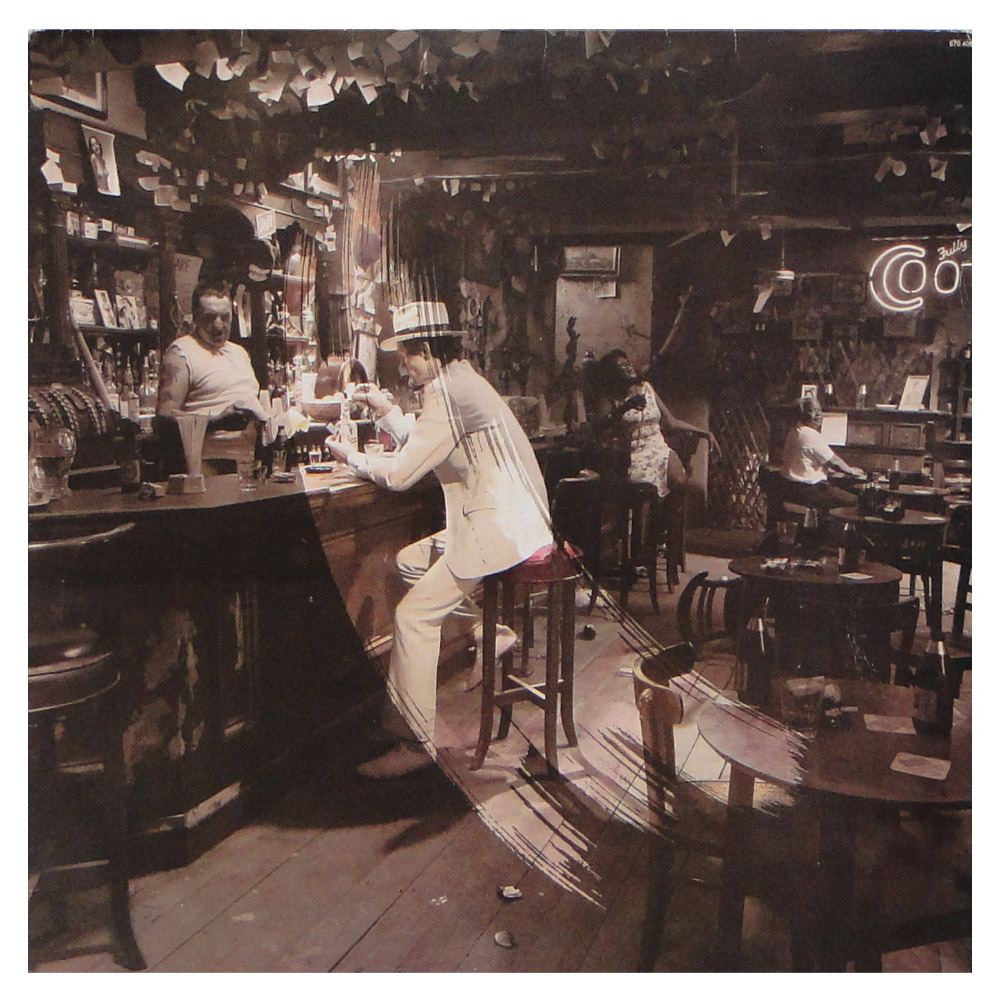
1979, 6/10
With Jimmy Page’s heroin addiction and John Bonham’s alcoholism becoming serious, In Through the Out Door was largely a collaboration between Robert Plant and John Paul Jones. The title refers to reestablishing Led Zeppelin’s career after three years without an album. It’s largely centred around Jones’ new synthesizer, which he’d recently purchased from ABBA. The only strong song that sounds anything like vintage Led Zeppelin is the excellent, riff-heavy opener ‘In The Evening’.
‘Fool In The Rain’ and ‘All Of My Love’ are more overtly poppy than anything else in Led Zeppelin’s oeuvre, although they’re certainly interesting enough – the former driven by Bonham’s shuffle, and the latter a heartfelt tribute to Plant’s recently deceased son. Most extreme of all is the 10 minutes of ‘Carouselambra’, based around a synthesiser riff, and almost veering into disco territory at the end. The rest of the album is largely blues-based – it’s new territory for the band given it’s largely keyboard centered, but there’s nothing that’s very enticing and Plant’s Elvis impersonation on ‘Hot Dog’ is irritating.
It’s not an unworthy swansong for this great band, but it would take a strong contrarian to argue that In Through the Out Door is one of the group’s better albums.
Ten Favourite Led Zeppelin Songs
No Quarter
Hey Hey, What Can I Do
When The Levee Breaks
Stairway To Heaven
Tangerine
Achilles Last Stand
Over The Hills and Far Away
The Rain Song
Kashmir
The Rover
Back to 1970s Album Reviews….
16 Comments
Leave a Reply
Related Pages
About
Aphoristic Album Reviews is almost entirely written by one person. It features album reviews and blog posts across a growing spectrum of popular music.
Review Pages
Read about the discographies of musical acts from the 1960s to the present day. Browse this site's review archives or enjoy these random selections:
Blog Posts
I add new blog posts to this website every week. Browse the archives or enjoy these random selections:
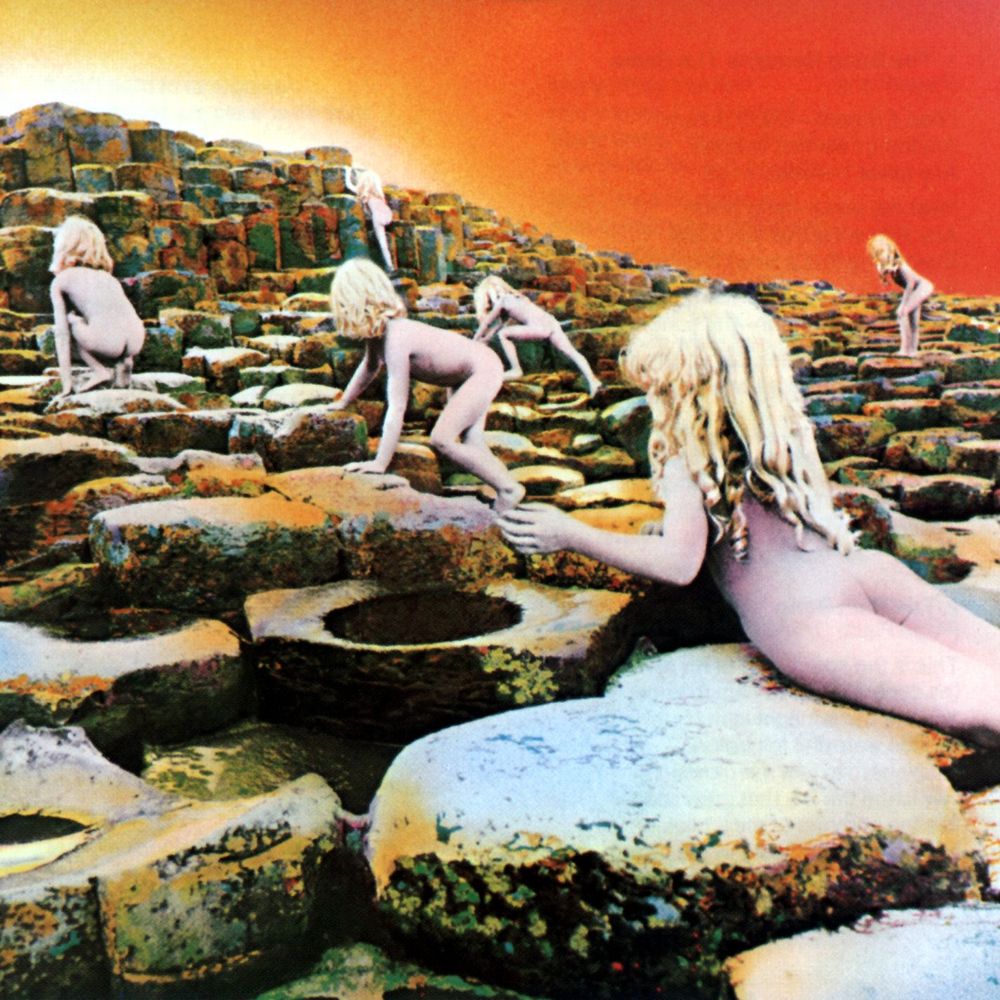

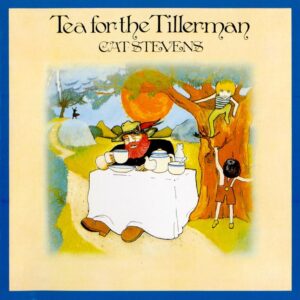
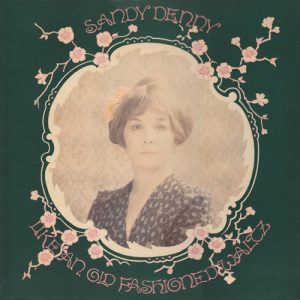
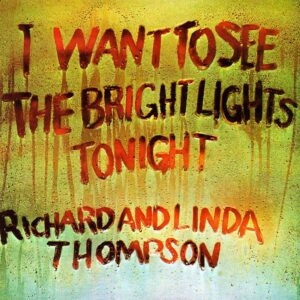
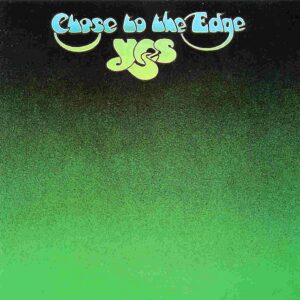
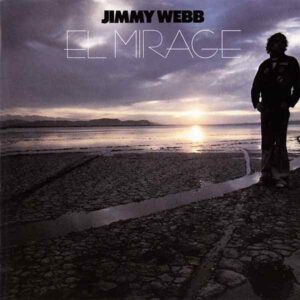

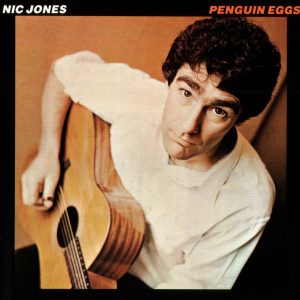
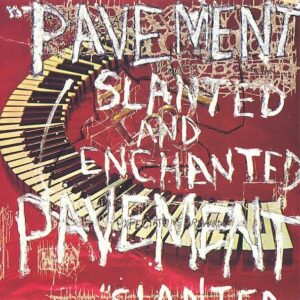

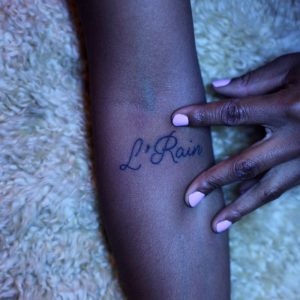


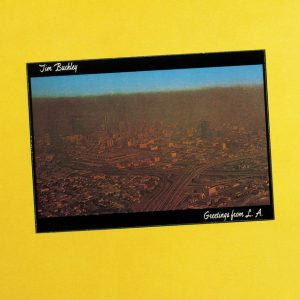
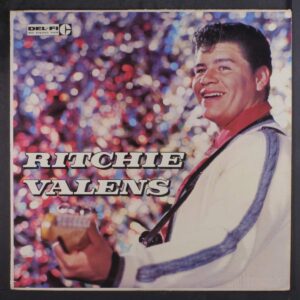

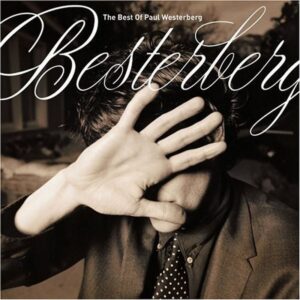


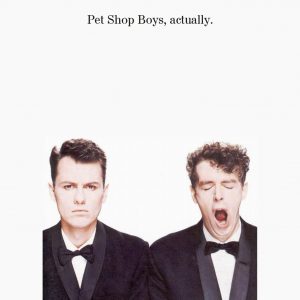




CB was introduced to Zeppelin via my older bother. Zep ll then Zep l (Still one of my favorite records, ll is pretty close also). I ate up the first albums, took a break (I was listening to so much music back then) and came back for the remaining albums. They have a very high standing in my music pile.
I really enjoyed their more acoustic stuff (so, III). Have yet to listen to their first or second albums in full yet. Led Zeppelin 4 is pretty good, but has some definite filler.
I’m maybe even digging their music more now. I took II and IV for a walk the other day and enjoyed them. A break from all the Yule music.
I will have to take a peek at your page in the next while. See you then.
Thanks! And Zep can be good, I’m just not a huge fan. Enjoy the new year!
Houses of the Holy is my favorite too. Not really sure why, but I like the albums in the middle the best rather than the early ones. My other two favorites are Physical Graffiti and lV. Maybe the early albums are more Blues Rock-y and I just prefer the less Blues Rock-y stuff. Idk.
I find I generally like bands peak around their fourth or fifth album, as they expand past their initial style. My friend worked in music retail for a while, and said that it was generally accepted that if you break an artist’s work into quarters chronologically, their best work is in the 2nd quarter (and there’s a name for it like the golden quartile).
Great band. I prefer the virtuosos like Jimi Hendrix, Jimi Page and Eddie Van Halen, even with all their excesses, rather than the classics like Black Sabbath and Deep Purple. Of course, just talking about loud guitar driven rock.
I’m not huge on hard rock, really. I like Hendrix too, but I like Zep best of all those bands because Robert Plant has interesting lyrics (I don’t really mind his Tolkien allusions) and they cover a lot of stylistic territory.
Dancing Days
Over the Hills and Far Away
Good Times Bad Times
Immigrant Song
Ramble On
When the Levee Breaks
Black Dog
Kashmir
Living Loving Maid
Misty Mountain Hop
I think any list from the first six albums would look good.
I remember being a big fan of Led Zeppelin and then I just lose interest in them and don’t see myself listening to them again. Guess I don’t really like blues rock.
Led Zeppelin I and II are two albums which I don’t like.
I like Led Zeppelin III though and IV is good as well (although I don’t like Misty Mountain Hop at all).
Houses of the Holy is another great one of theirs.
Physical Graffiti, in my opinion, would have been better as a single album as I think there are lots of filler on that album.
Although I don’t like I and II, I am strangely warm to Presence (I guess Achilles Last Stand is why I like that album).
In Through the Out Door is weak, although there are some songs I like from it (I even like Hot Dog).
Coda is Coda. An outtakes album.
That’s kind of like me. I don’t really care to listen to very much blues rock but Led Zeppelin are so much themselves that for me its not even like listening to blues rock. It’s like a thing of its own. It’s not even like listening to other rock music. It’s just something else. In fact the couple of straight-up Blues tracks that they’ve done are the only ones that don’t interest me. I also like Houses of the Holy and Led Zep 4 the best and even Led Zep 3. Probably because the music has more variety and different influences like folk and stuff. But over time I’ve come to love 1 and 2 also. Just not quite as much. And also like you I kind of like In through the out Door now. I like it better than Presence actually. And as time goes on I begin to like more and more of their stuff that I didn’t much like before.
My real life friend always talks about the last two – he can quote how long Achilles Last Stand is. My theory is that he burned out on the first six. I don’t like the debut as much as most people because it’s mostly just blues.
Houses of the Holy really doesn’t have a whole lot of blues – The Ocean is kind of bluesy, but that’s about it. Physical Graffiti is definitely sprawling and has some filler, but it has some of my very favourite Zep stuff.
Someone has to say it: IV is incredibly over-rated. It’s true that it has 4 outright LZ classics in BD, RAR, STH, and WTLB, but the rest is undistinguished. I like some of LZ’s folk, but find the two folk songs on this album to be quite forgettable. Decades after I had, like most of the Western world, become familiar with the album, I still couldn’t remember BOE or GTC or their melodies “Oh yeah, The Battle of Evermore, how does that go?”. MMH is so inane it sounds like it was made up on the spot, and FS is incredibly repetitive.
IMO, III is an under-appreciated classic, their diamond in the rough, only disliked because it’s less bloated and cock-rocky than II, which to me can only be a good thing.
Plant’s wail can really grate after a while, so I prefer the songs where he more or less plays it straight with his voice.
ITTOD is definitely not great, but I really like Hot Dog.
Thanks for writing in! I quite like Going to California but agree otherwise. III would be stronger with Hey Hey What Can I Do instead of the weird Harper at the end, but it’s real good anyway.